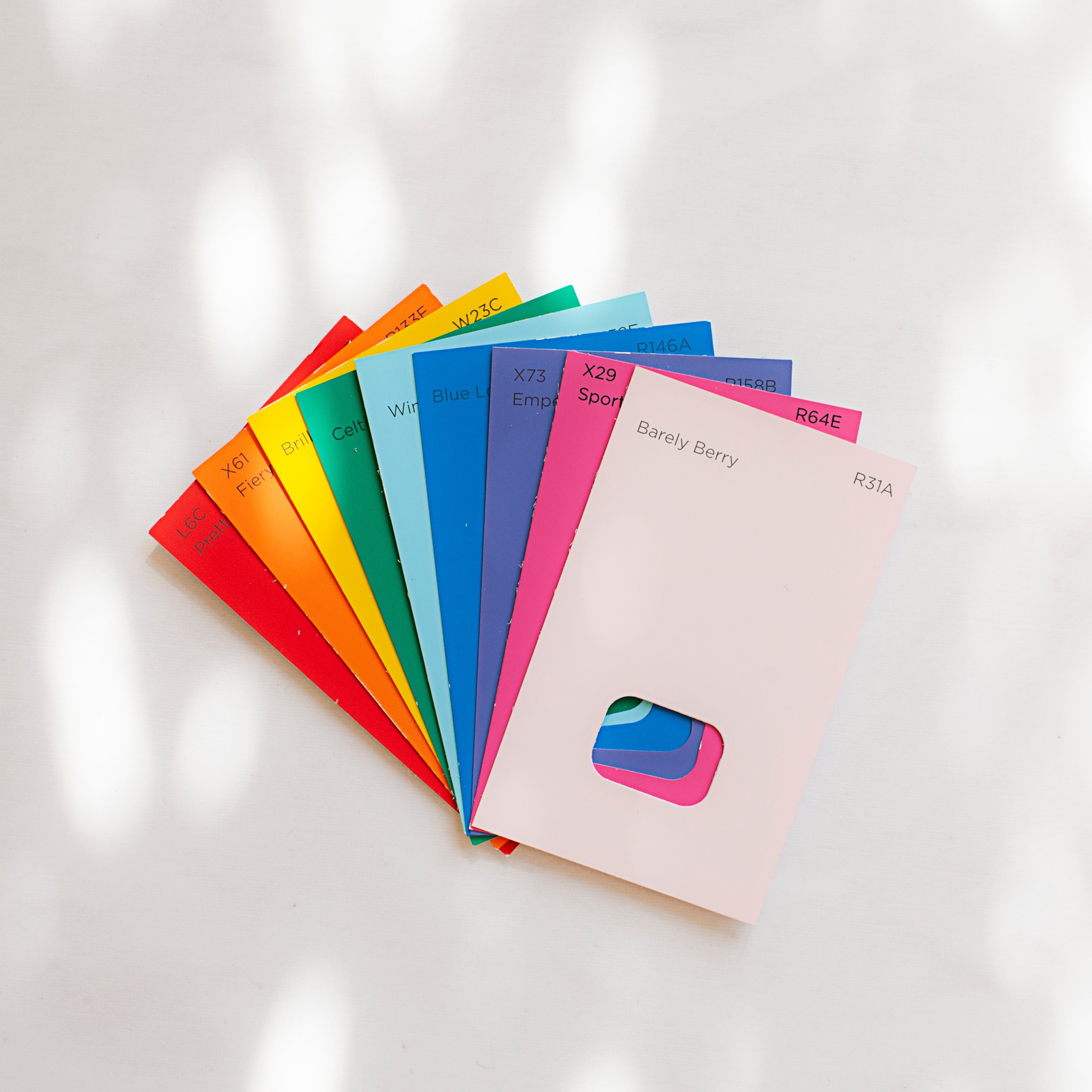The Ultimate Guide to Selecting the Perfect Wall Color for Your Space
Choosing the right wall color is one of the most exciting yet challenging decisions when decorating your home. The color of your walls sets the tone for the entire room and can influence everything from mood to lighting. But with so many options available, how do you pick the perfect shade? Fear not! Here's your go-to guide for selecting the best wall color for your space.
1. Consider the Room's Purpose
Before you even think about color, it's important to consider the function of the room. Each space serves a different purpose, and the color should complement that.
- Living Room: A space for relaxation and socializing might benefit from calming and inviting hues like soft neutrals, warm beiges, or muted greens.
- Bedroom: Since it's a place for rest, opt for soothing tones such as light blues, pale grays, or soft lavenders.
- Kitchen: Energizing colors like yellows, oranges, or fresh whites can stimulate appetite and creativity.
- Bathroom: Light blues, greens, and whites are perfect for creating a spa-like atmosphere.
- Home Office: Shades that enhance focus, like soft greens, grays, and light blues, are ideal for maintaining productivity.
2. Think About the Lighting
Lighting plays a huge role in how colors appear in a room. Natural light, overhead lighting, and lamps all affect the way a paint color looks. Here's how to approach it:
- Natural Light: Rooms with plenty of natural light can handle deeper tones without feeling cramped. You can go for bold colors like navy, charcoal, or rich emeralds.
- Artificial Light: Incandescent lighting tends to bring out warm tones, while fluorescent lighting can make colors appear cooler. Keep this in mind when testing your wall colors.
- Small Spaces: If your room doesn't have a lot of natural light, light colors like whites, creams, or pastels will help open up the space and make it feel bigger.
3. Consider the Size of the Room
The size of the room you're painting is an important factor in your decision-making process.
- Small Rooms: Light colors like soft whites, pastels, and light grays create a feeling of spaciousness. You can also use mirrors to reflect light and make the room feel larger.
- Large Rooms: If you have a big space, don't be afraid to experiment with darker shades, bold colors, or accent walls to create intimacy and coziness.
4. Use the Color Wheel to Your Advantage
The color wheel is your best friend when it comes to selecting complementary shades. Colors that sit next to each other on the wheel (analogous colors) create a harmonious look, while colors that are opposite each other (complementary colors) provide contrast and make a bold statement.
- Analogous Color Scheme: Pairing colors like blue, teal, and green will create a calm, serene feeling throughout the room.
- Complementary Color Scheme: If you're looking to make a statement, try pairing warm tones like orange with cool tones like blue for a striking contrast.
5. Test Your Colors
Once you have a few colors in mind, it's essential to test them out before making a final decision. Paint swatches on different walls of the room, and observe how the color changes throughout the day as natural and artificial light shifts. This gives you a better sense of how the color will look in different lighting conditions and times of day.
Pro tip: If you're undecided between two shades, get samples of both and paint small areas of the wall next to each other to compare the two in the room's lighting.
6. Consider the Mood You Want to Create
Colors evoke emotions and set the overall mood of a room. Think about how you want to feel in the space:
- Calm & Relaxed: Blues, greens, and neutrals like gray or beige are perfect for creating a peaceful atmosphere.
- Energized & Creative: Bold colors like yellow, orange, or red can spark creativity and activity.
- Cozy & Inviting: Warm tones like earthy browns, terracotta, and mustard can make a room feel welcoming and cozy.
7. Pay Attention to Existing Furnishings and Decor
Your wall color should complement your furniture, flooring, and decor, not clash with them. Take into account the color of your rugs, curtains, and furniture before making a final choice.
- Neutral furniture: If your furniture is neutral (think white, gray, or beige), you have more freedom to experiment with bolder wall colors.
- Colorful furniture: If your furniture or accessories already have a strong color, choose more muted wall colors that complement the existing hues.
8. Don't Forget About Accents and Trim
Consider how your trim, doors, and accents will interact with the wall color. A crisp white or light-colored trim can make a room feel airy and bright, while a darker trim color can add contrast and make the walls feel more grounded.
Final Thoughts
Choosing the perfect wall color is not just about picking a color you like—it's about creating a cohesive and balanced environment that suits the room's function and your personal style. Take your time, test samples, and consider all the factors that contribute to the room's feel. With a little planning and thoughtful decision-making, you'll have walls that not only look great but also enhance the atmosphere of your space.
Happy painting!


